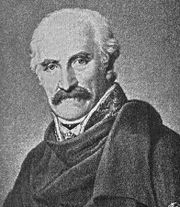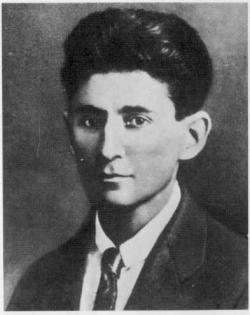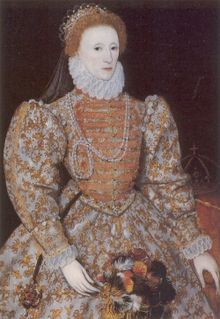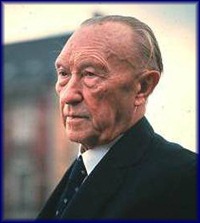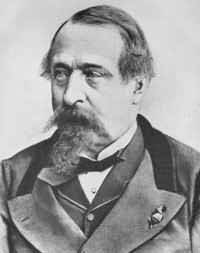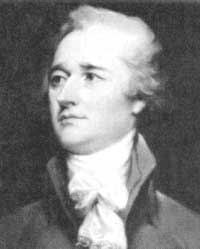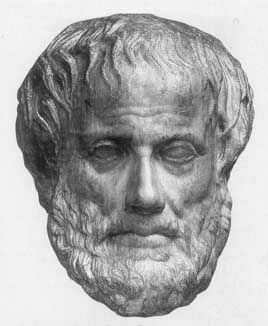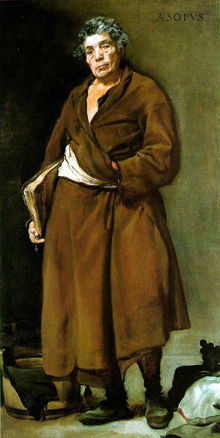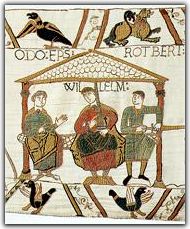So here it is. Have fun and luck.
Okay, here are the questions:
1. The name of an old song is now looked for. The following guys` (sur-)name's inital is the looked letter for the word. So if it is Jesse James the letter is a J. The starting initials are given though: A v T
A abc v de T fghij
So the first person in a) is the second letter of the first word. If it is Jesse James it would be Aj...
For each extra name and each fact asked for 10 points are given.
a)
Be careful! This time I ask after the name of the enemy of this guy!
Who am I? I am a famous soldier but started my campaign in another nation than later. Which country? Why did I change the flag? Which flag I fought for then? Who was the king of that country? This king introduced also a new kind of crop in Europe, so which one and when? I was in quarrel with the king and so went out of the army. What were the words he dismissed me? After the death of the king I reentered service and fought in several wars for my country. When did the king die? I won two very important battles with Allies. Name both. One was/ is also named in Germany after another location. Which one? I also said following:
"How many times I have to conquer that bloody one horse town before I am allowed to burn that damn bridge?!?"
What town is meant and how many times I conquered the town? Also what bridge is meant?
14*10= 14 points
b)
Who am I? Where was I born? What "normal" profession do I have, but with what did I become famous? Why is my work, well, exotic? In one of my novels there is a bug. What's the name of that bug, at least originally? What is my mother language?
7*10= 70 points
c)
Who am I? I was the daughter of which king? What title of the pope he got and why was it a bit too early in giving it to him? What was the reason for the quarrel with the pope? How many wives he had and what fate did some of them had? However I let also kill an important Royal. Who? I also lead a war against Spain. Who was my main admiral and what profession he also had? Why was this profession legal although others were executed for that?
10*10= 100 points
END OF FIRST WORD
d)
Who am I? I was once mayor of a major town. Which one? I also was asked to have which post in the government but I rejected it. Which one? Later I was dismissed but I became mayor again because of what? Then again I had trouble and left the job again. However I was asked to be in one certain committee. Which one? How I got president of that committee? A little later, although in an age others rest, I accepted the post I once rejected. How was it called now? And how many votes I got more? Also who was my main opposite in that vote? At last I invented something to eat. What?
10*10= 100 points
e)
Who am I? I am the third in a row, but why is number 2 missing? Who was Nr.2? I was ruling my country twice, but under different circumstances, so name my titles I had! Later I chose to make my influence stronger in America. I supported two nations in a civil war, but both were doomed. Which ones? One had an emperor. Who was it and who was his enemy? What was his fate? Later I opposed the unification of which nation? At first I hoped the problem was solved without my direct intervention but I lost that diplomatic offensive due to the defeat of my ally. Who was my ally? Then I had to intervene myself and so declared war on the enemy because of what letter? But I was beaten and captured- in which battle?
10*10 questions= 100 points
End of second word
f)
Who am I? I was at first soldier under which commander? I also helped to make what paper? I also got a post in the government. What post was it? And who was my boss? In this post I built up two main things for my nation. What two things? One of them had two main men as opposition. What project it was and who were opposing? Because of inventing a new tax a rebellion started which was put down. What was the new tax? I made me a death foe by supporting another politician, who was finally elected. Who were these men? How did I die?
10*10= 100 points
g)
Who am I? I was the teacher of which great person. Whom? What is the name of my father and son and how did I make them eternal? Where did I study? My pupil once left the country to do what? Where came his campaign to an end? In this time I returned to the place I studied to open what school? When was it closed? And finally to which place I had to go after the death of my pupil?
10*10= 100 points
h)
Who am I? What was my profession? I became a very important member of what court. What was the reason? What was my life style now? As i had big influence I got many foes. Once there was an assassination attempt that missed. However I was also accused by my foes in the press as what (name only one)? Then against my opinion what happened? Then later again a new assassination plot was planned to kill me. Who was involved (name 2 men/ organisations)? How did I die in the legend told by my murderers? What was the punishment and to what did it also lead?
10*10= 100 points
i)
Who am I? What was my profession? Who painted me on this picture? For what I became famous?
De rana et bove
Here is one of his works. Translate it (70 points)!
Equari vult rana bovi: tumet ergo. Tumenti
Natus ait: "Cessa; pre bove tota nihil."
Rana dolet meliusque tumet; premit ille tumentem:
"Vincere non poteris, victa crepare potes."
Tertius iratam vexat tumor; illa tumoris
Copia findit eam: viscera rupta patent.
Cum maiore minor conferri desinat et se
Consulat et vires temperet ipse suas.
3*10+70= 100 points.
j)
Who am I? I was also called bastard. Why and who were my parents? What is this picture here called? I was at first ruler of what country? Later the king of which country died, to whom I was a relative? I once had forced the new king of the land to support me as king. But he broke his oath. Who was that king? Why was he allowed to break his oath? So I invaded that country. But also another army just invaded but was beaten. Who and who was their leader? What was my first action by landing on the shores? Where was the final battle where I won? Where and when I was crowned to be the new king?
10*10= 100 points.
10*100= 1.000 points!
Fo each following fact you get 25 points.
You should now have the name of the song. Name it. However it is written in a dialect of the language. Which one? In that area there is also a great deposit of a luxury resource (in civ terms). Which one? Name this resource also on German, Latin and Greek (15 points each) and declare the meaning of the 3 (25 points each)! There is especially known the blue earth of which town?
However back to the song: Who was the composer? And for what is he known, I mean his other works is in a different style so which one? What was the reason to write this song? Who was the person he meant in the song? Later who translated the Song from the dialect in the modern high language? And at last name that song in this language!
Bonus: Translate the first verse into English! (55 points).
500 points.
2. Who am I? (30 pts)
I was ruler of a nation, although I never was the head of state, which is also seen on my title. Why? (30 pts.) What was my title (20 pts.)? However once there was true a ruler like me in that country. Who (30 pts.)? I was very powerful but had to use all my power to keep the power I had, so I was unable to solve the problems of my nation. However when a reforming government was introduced, under my son, I soon threw off the government and banned my son and let the reformists be executed or banned. Who were my son and the head of the reformists? (50 pts.) In another nation a bit before such reforms worked very well. Which nation was it (30 pts.)? In this time my nation was in severe trouble with foreign nations and also interior opposition. However one of the opposition groups I used to deal the problem with the foreign nations. This group had a certain name, but is mostly known under another. What were these names? (30 pts.) In this crises I tried to ban all foreigners out of my capital, but they were unable to leave it. So they had to stay. Before negotiations followed, a certain ambassador was killed. Who (30 pts.) and why just him (80 pts.)? The foreigners in my capital were attacked but they were able to hold the position until foreign troops conquered the capital. How long did they fight? (30 pts.) Also due to the propaganda news, the foreigners were all killed someone held an infamous speech, so that for a time this people is also called like another one. Who was this man and the peoples (60 pts.)? However although I also used my military, the foreigners were victorious and in the end I had to sign a peace treaty. This was de facto the end of my rule. However when I died, my son died one day before me (surprise!), who followed me and what was the unique in him/ her? (80 pts.)
500 pts.
3. Naval questions:
a) What do have these ships in common (50 pts):
aa) Blanco Encalada
bb) HMS Egret
cc) Eilath
dd) USS Housatonic
ee) HMS Pathfinder
Name also the cause of the loss (20 pts. each). 2 of them can be questioned to be on the list. Which ones and why (100 pts.)?
350 pts.
b) The battle of May Island
When did this battle took place? (50 pts.) Who fought against whom (50 pts.)? And why did one belligerent party did win the battle before firing a single shot (50 pts.)?
150 pts.
500 pts.
4. Of Gods and Heroes and other mythological persons
Who are we (25 pts. each)?
a) Enki
b) Enkidu
c) Ishtar
d) Typhon
e) Horus
f) Jahwe (originally)
g) Ascha
h) Ameterasu
i) Brahma
j) Gajomart
k) Surt
l) Ilmarinen
m) Chadanta
n) Paluga
o) Chadau
p) Mukuru
q) Ifrit
r) Daksha
s) Harmonia
t) Ormuzd
500 pts.
5. What am I (100 pts.)?
I am an island. I am known under several names in many cultures. Name 2 of my names (50 pts.). However under my most known name today I first appeared in the works of one man. Who and what works were it (50 pts.)? As it is unknown where I was there are many, partly weird, theories about my location. Name 2 (50 pts.). However where according to my first written source I shall be? (50 pts.) From whom he got the information about me (50 pts.)? In an old myth a king is brought to that island after he was severely wounded. Who was it? (50 pts.) And what was the name of his sword and why was it so important for him (50 pts.)? And finally what area of the world is named after me (50 pts.)?
500 pts.
3.500 pts. in total.
Ending date: Monday 21.08.06 9.00 CEST
Adler
P.S.: Clarification in Nr. 1 a) added.
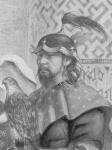





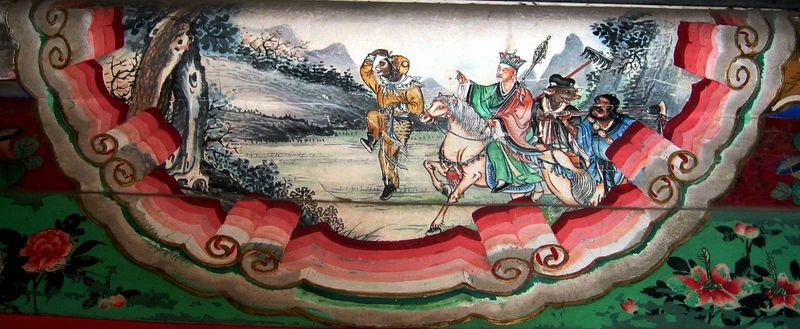
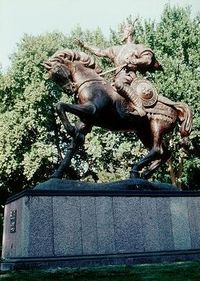
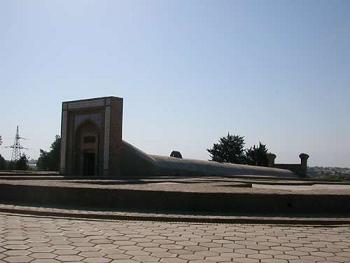

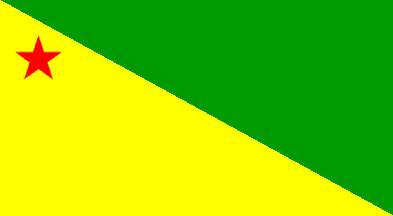
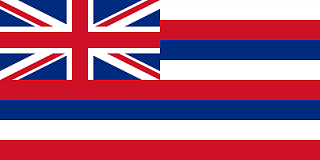
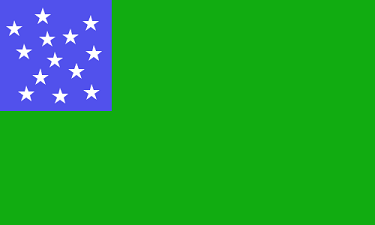

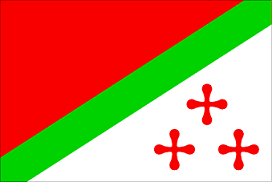

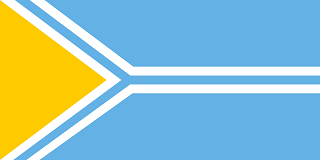

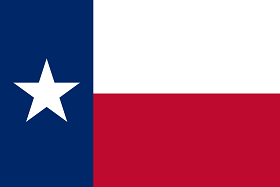
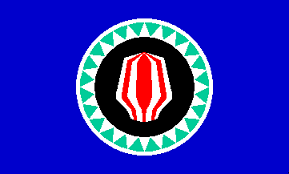

 , but right now I don't think I have the verve to prepare a new quiz. My apologies. So if anybody (YNCS?) would like to set a new quiz, feel free to go ahead.
, but right now I don't think I have the verve to prepare a new quiz. My apologies. So if anybody (YNCS?) would like to set a new quiz, feel free to go ahead.